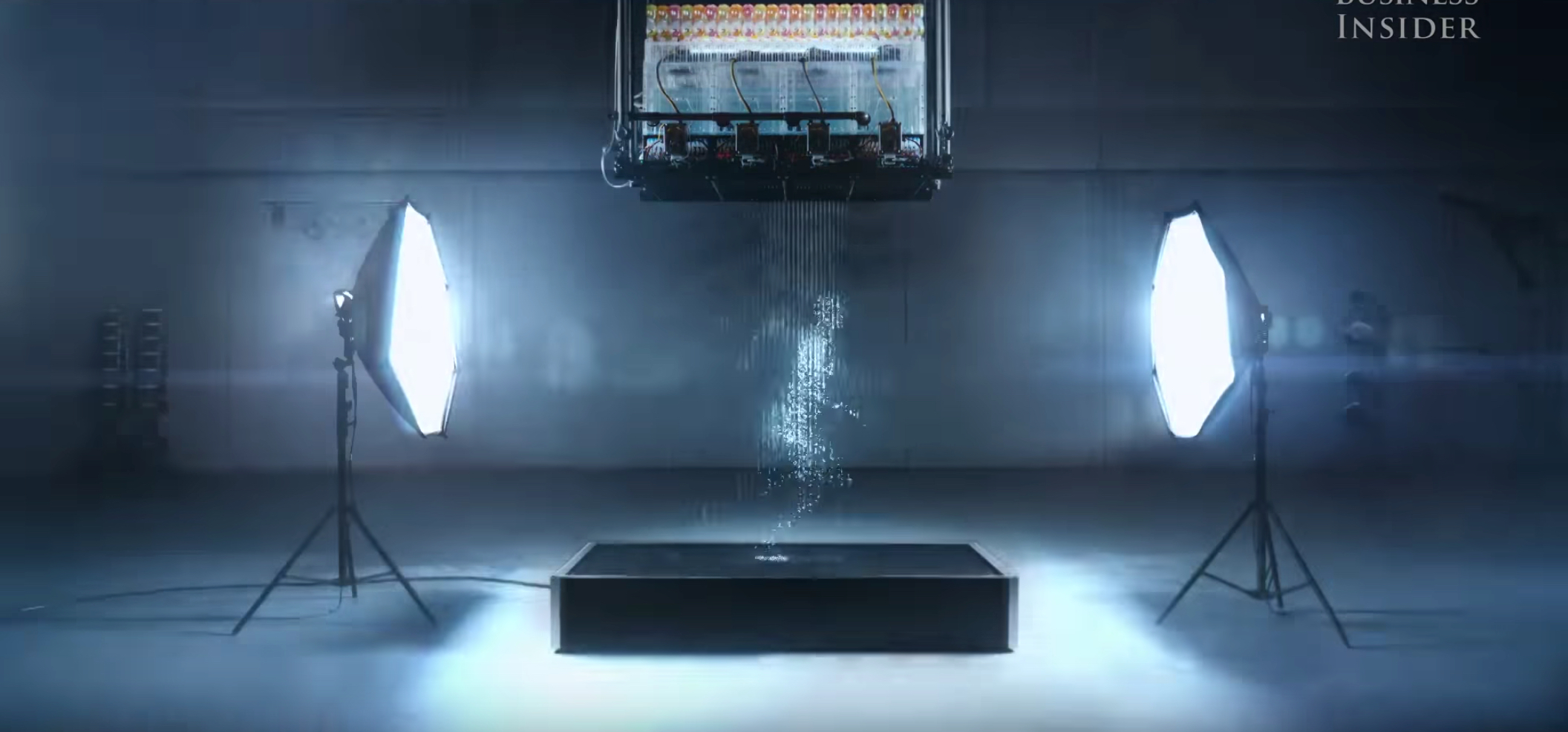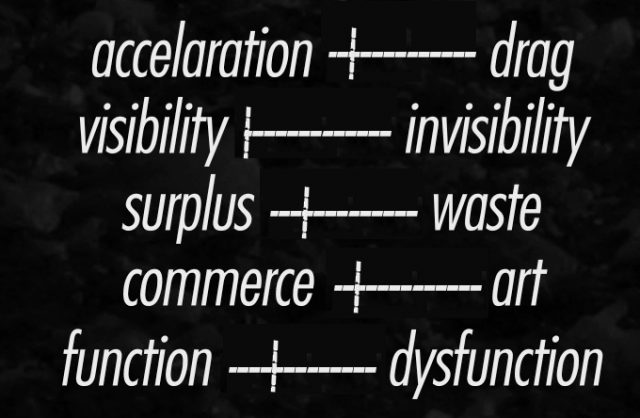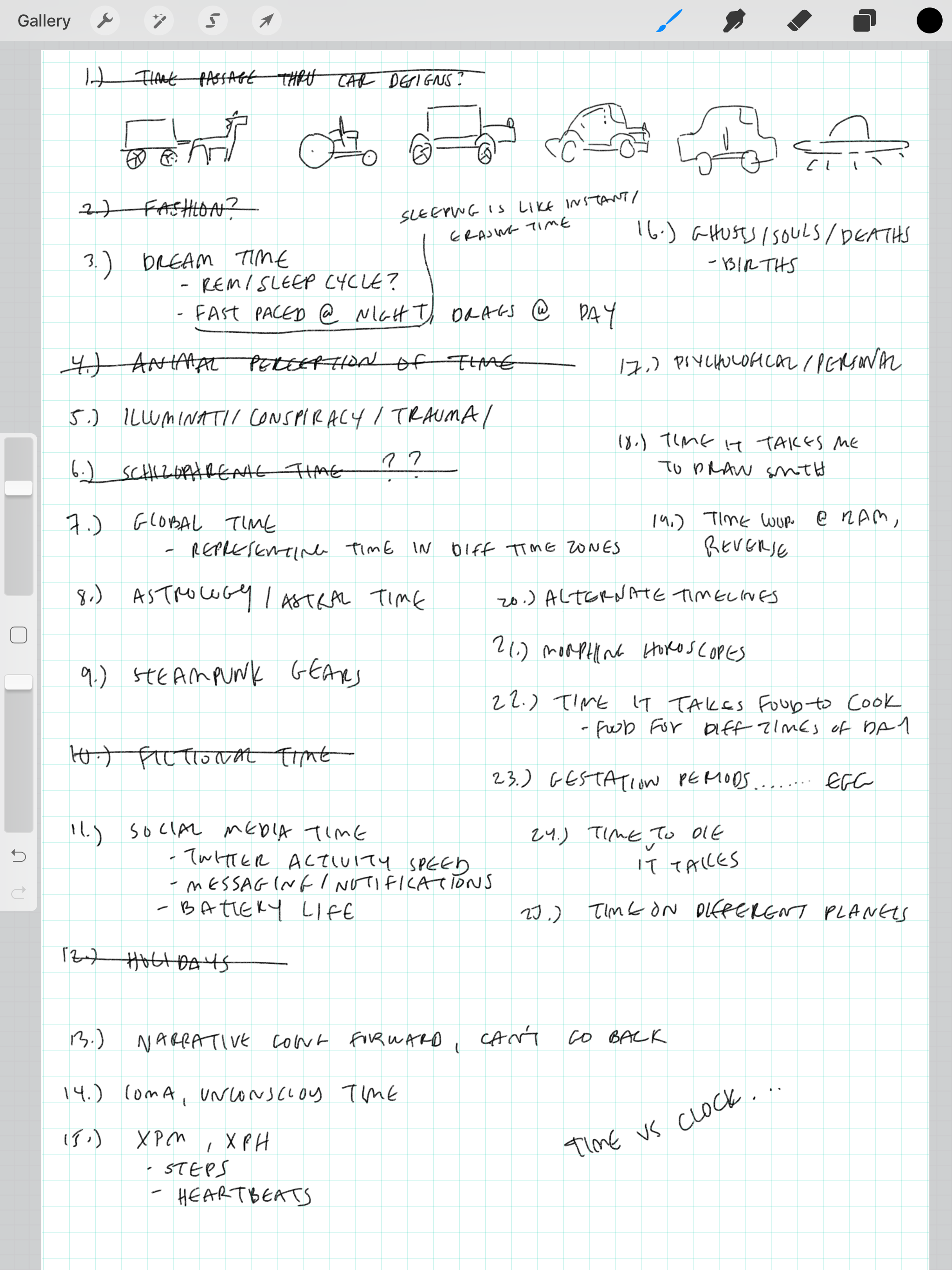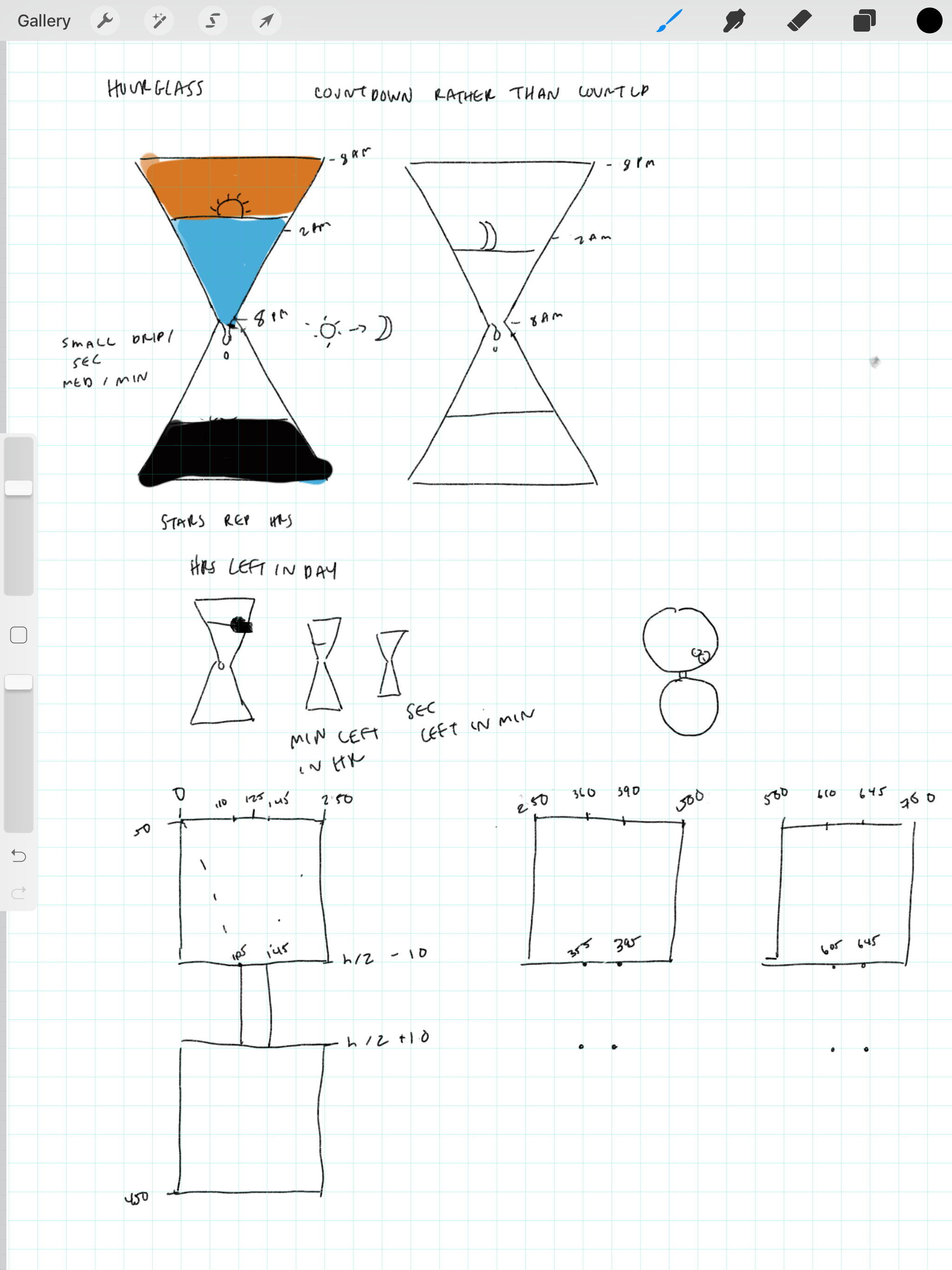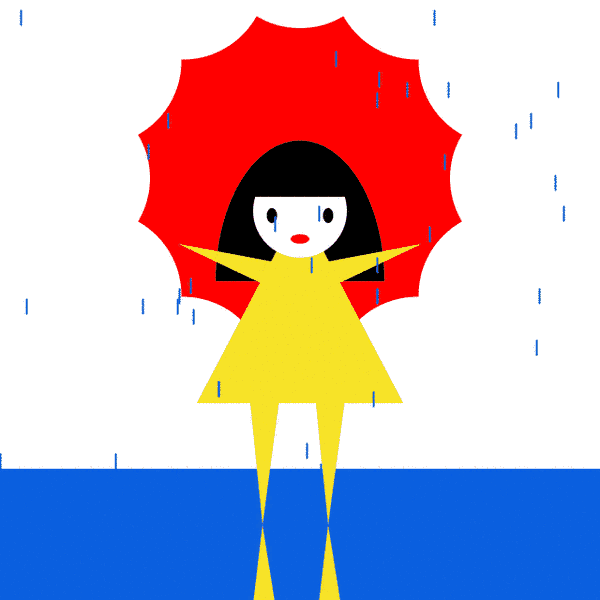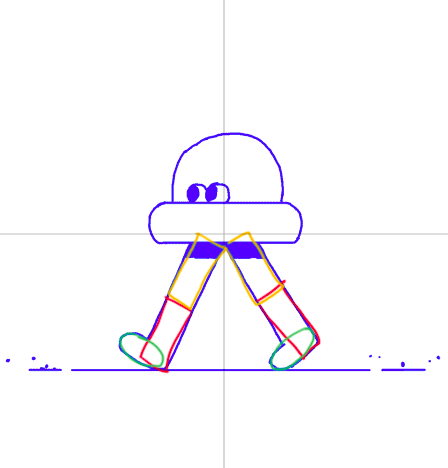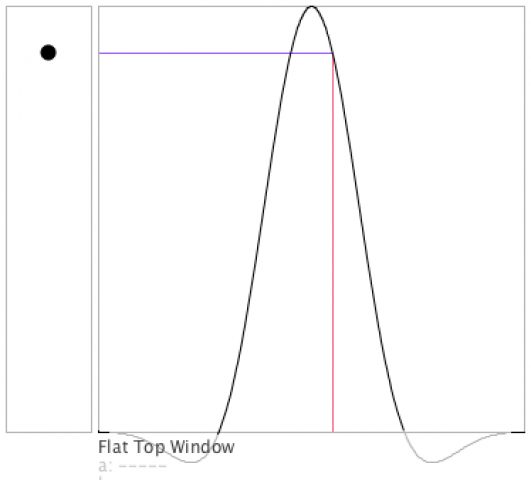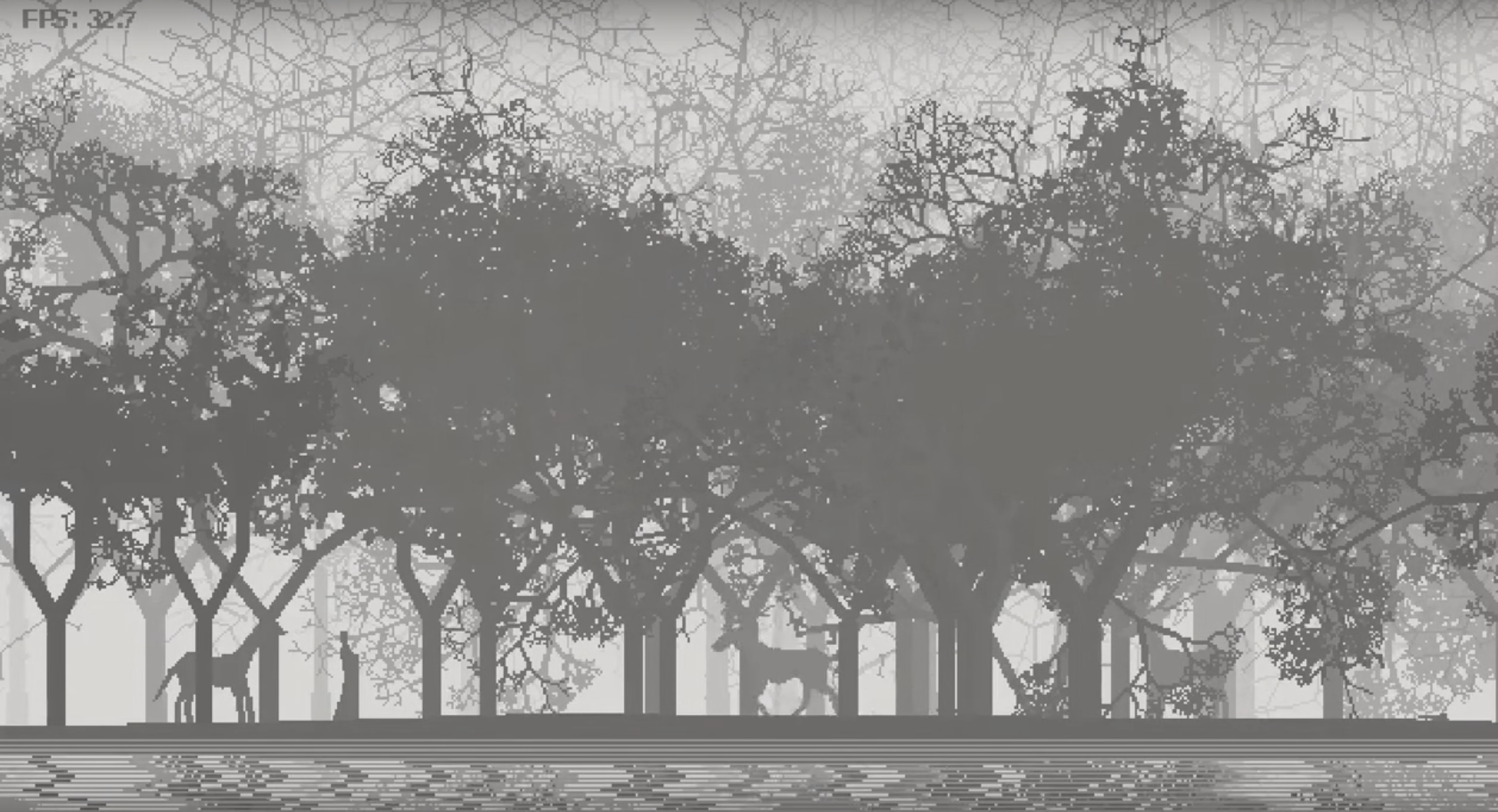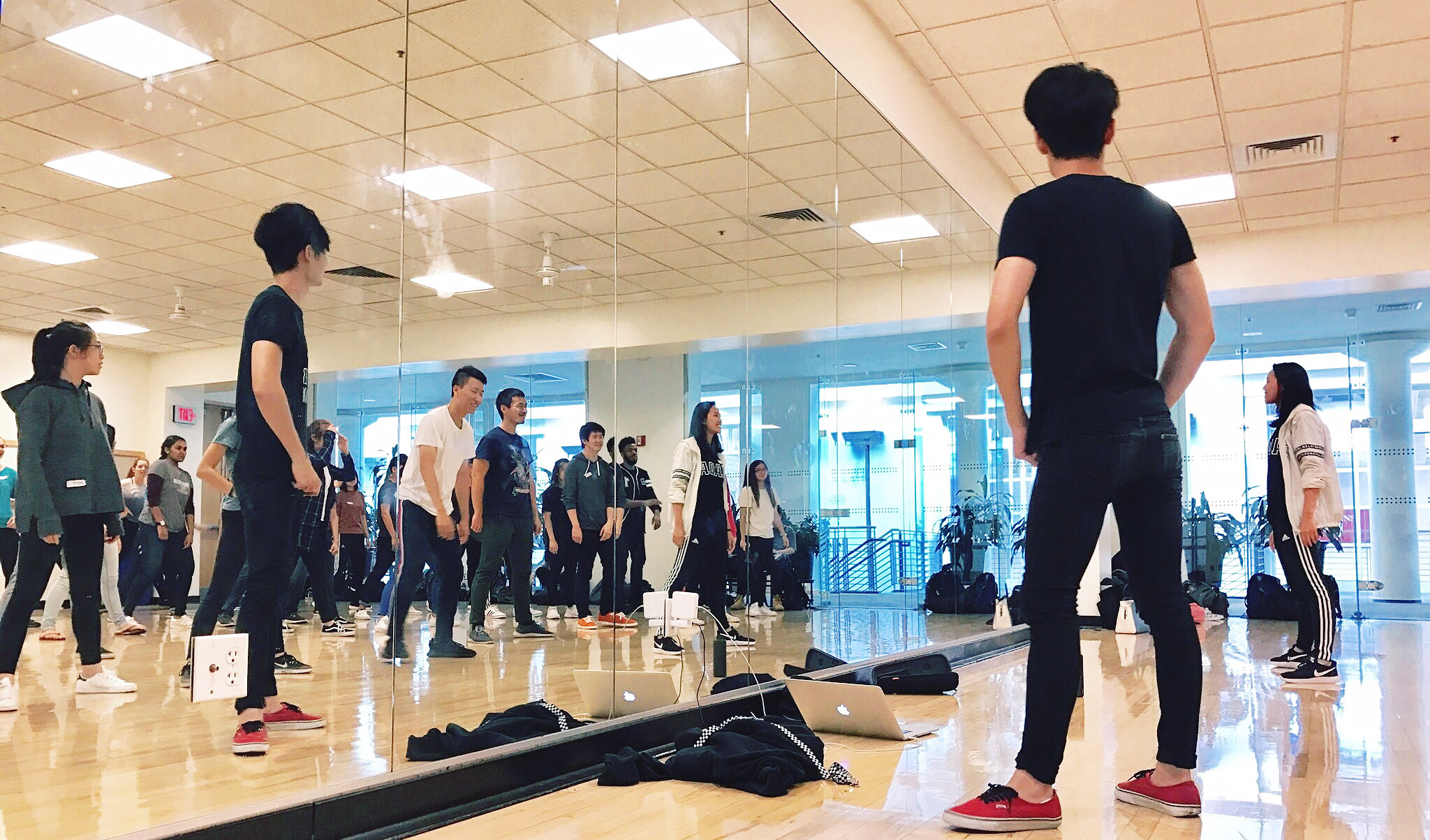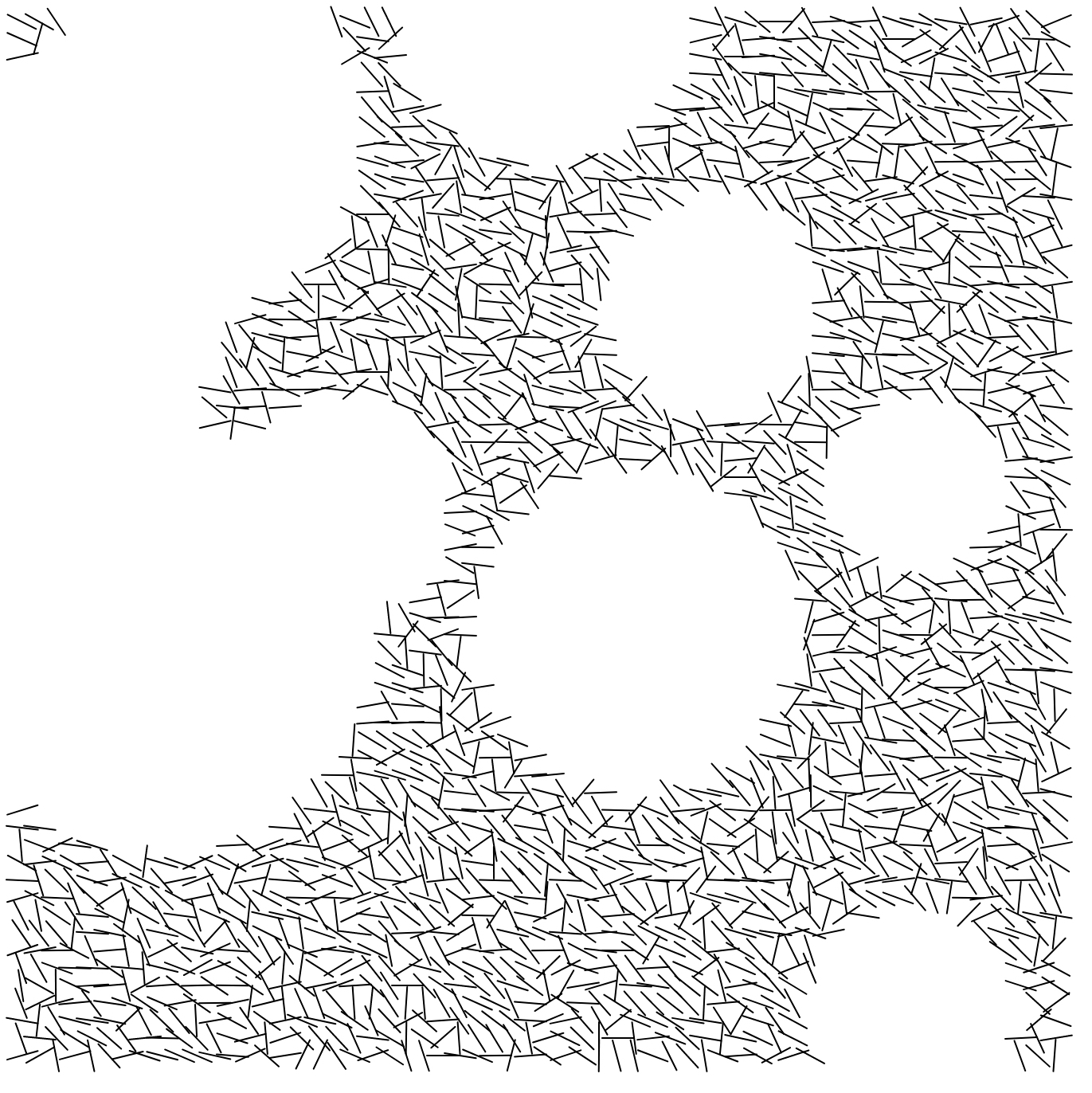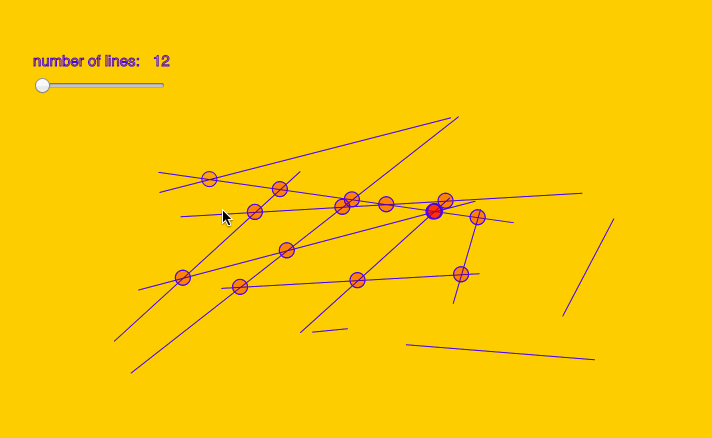//thank you golan for the template
var millisRolloverTime;
var prevSec;
function setup() {
createCanvas(750, 400);
rectMode(CORNERS);
noStroke();
}
function draw() {
background(200);
var H = hour();
var M = minute();
var S = second();
if (prevSec != S) {
millisRolloverTime = millis();
}
prevSec = S;
var mils = (floor(millis() - millisRolloverTime))/1000.0;
var secmils = S + mils;
var mins = M+(map(secmils, 0, 59, 0, 1));
var hours = (H%12)+(map(mins, 0, 59, 0, 1));
//hourglass
fill(19, 70, 70);
rect(0, 0, 250, height/2);
rect(0, height/2 , 250, height);
//minuteglass
fill(19, 86, 86);
rect(250, 0, 500, height/2);
rect(250, height/2 , 500, height);
//secondglass
fill(52, 119, 106);
rect(500, 0, width, height/2);
rect(500, height/2 , width, height);
hrglassBottom();
hrglassTop();
minglassBottom();
minglassTop();
secglassBottom();
secglassTop();
secBall(mils);
minBall(secmils);
hrBall(mins);
fill(255);
//hr mask
triangle(250, 0, 145, height/2 , 250, height/2 );
triangle(0, 0, 110, height/2 , 0, height/2 );
triangle(0, height/2, 110, height/2 , 0, height);
triangle(145, height/2, 250, height , 250, height/2);
//min mask
triangle(250, 0, 360, height/2 , 250, height/2 );
triangle(250, height/2, 360, height/2 , 250, height );
triangle(500, 0, 390, height/2 , 500, height/2);
triangle(390, height/2, 500, height , 500, height/2);
//sec mask
triangle(500, 0, 610, height/2 , 500, height/2 );
triangle(500, height/2, 610, height/2 , 500, height );
triangle(width, 0, 645, height/2 , width, height/2);
triangle(645, height/2, width, height , width, height/2);
}
function minBall(mils){
var y = map(mils, 0, 1, height/2, 435);
var x = width/2;
ellipse(x, y, 30, 30);
}
function secBall(mils){
var x = 625;
var y = map(mils, 0, 1, height/2, 435);
ellipse(x, y, 30, 30);
}
function hrBall(mils){
var r = map(hour(), 0, 60, 0, 255);
fill(r, 0, 100);
var x = 125;
var y = map(mils, 0, 1, height/2, 435);
ellipse(x, y, 30, 30);
}
//hr
function hrglassTop(){
var r = map(hour(), 0, 24, 110, 190);
fill(r, 9, 9);
let glassHeight = map(hour(), 0, 24, 0, height/2);
rect(0, glassHeight, 250, height/2);
}
function hrglassBottom(){
let glassHeight = map(hour(), 0, 24, height, height/2);
beginShape();
var r = map(hour(), 0, 24, 110, 190);
fill(r, 9, 9);
vertex(0, height);
for (var i = 0; i <= 250; i++){
vertex(i, glassHeight);
}
vertex(250, height);
endShape();
}
//minute
function minglassTop(){
let glassHeight = map(minute(), 0, 60, 0, height/2);
var r = map(minute(), 0, 60, 255, 100);
fill(r, 0, 0);
rect(250, glassHeight, 500, height/2);
}
function minglassBottom(){
let glassHeight = map(minute(), 0, 60, height, height/2);
beginShape();
var r = map(minute(), 0, 60, 255, 100);
fill(r, 0, 0);
vertex(250, height);
for (var i = 250; i <= 500; i++){
vertex(i, glassHeight);
}
vertex(500, height);
endShape();
}
//second
function secglassTop(){
let glassHeight = map(second(), 0, 60, 0, height/2);
var g = map(second(), 0, 60, 150, 100);
fill(255, g, g);
rect(500, glassHeight, width, height/2);
}
function secglassBottom(){
let glassHeight = map(second(), 0, 60, height, height/2+20);
beginShape();
var g = map(second(), 0, 60, 150, 100);
fill(255, g, g);
vertex(500, height);
for (var i = 500; i <= width; i++){
vertex(i, glassHeight);
}
vertex(width, height);
endShape();
} |
